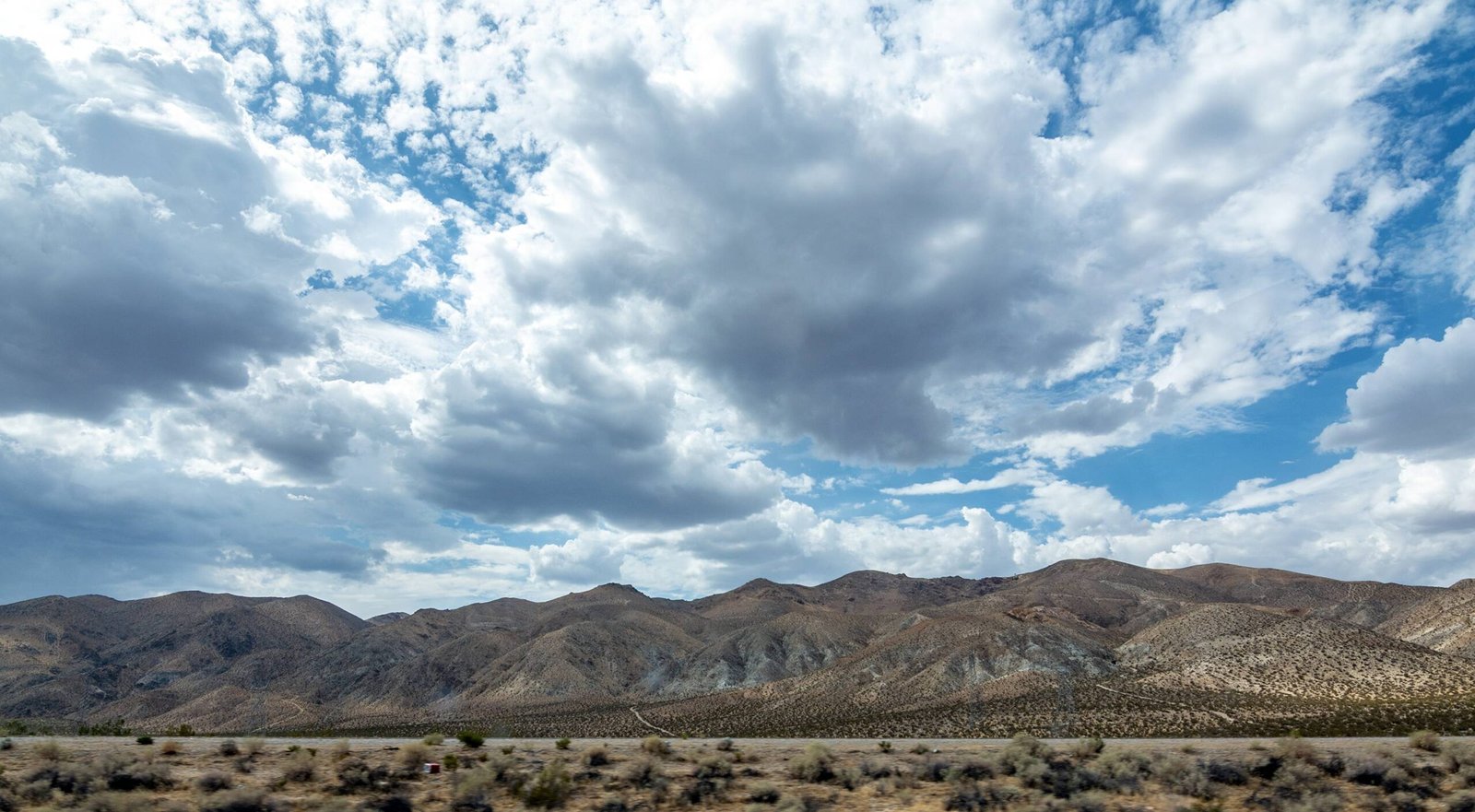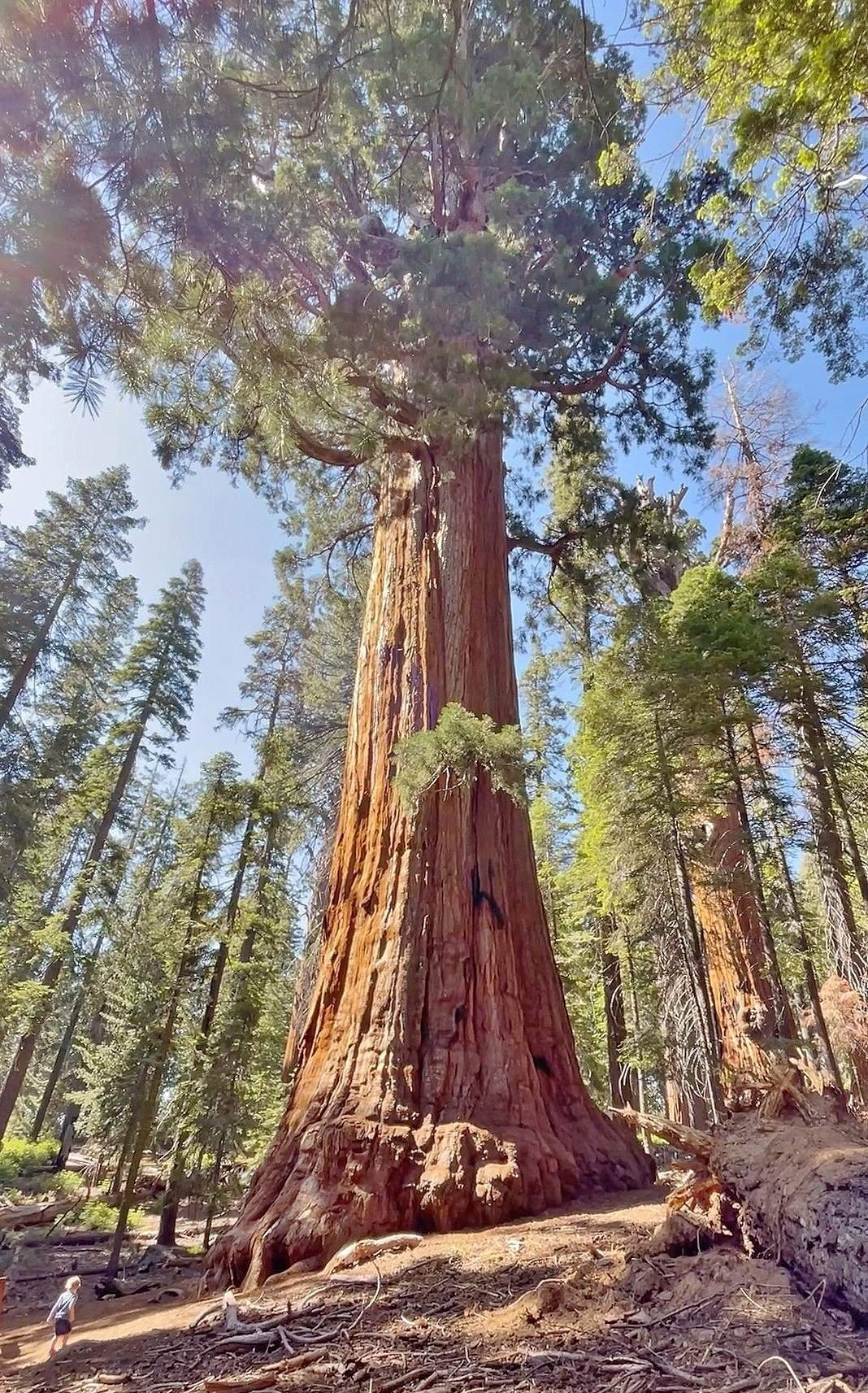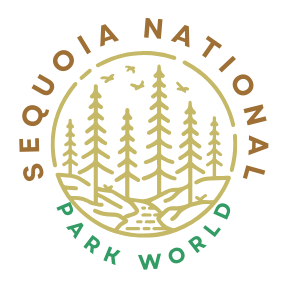Glacier erosion in Sequoia National Park has shaped the landscape over millions of years, creating stunning geological features. The park’s granite formations, U-shaped valleys, and high-altitude lakes are testament to the power of ancient glaciers. This erosion process has not only sculpted the terrain but also influenced the unique ecosystems that thrive in the park today, including the iconic giant sequoia groves.
What Are the Key Geological Features Formed by Glacier Erosion in Sequoia National Park?

Sequoia National Park boasts an array of geological wonders shaped by glacial activity:
- Cirques: Bowl-shaped depressions carved out by glaciers
- U-shaped valleys: Wide, flat-bottomed canyons with steep sides
- Moraines: Deposits of rock and sediment left behind by retreating glaciers
- Glacial polish: Smooth, shiny rock surfaces created by glacial abrasion
- Erratics: Large boulders transported and deposited by glaciers
These features provide a visual history of the park’s glacial past and offer insights into the powerful forces that have shaped the landscape.
How Deep Was the Glacial Erosion in Sequoia National Park?

The depth of glacial erosion in Sequoia National Park varied across different areas:
- On broad plateaus: Averaged little more than 1,000 feet deep
- In main canyons: Reached maximum depths of 2,000 to 3,000 feet
- In cirques: Filled to about two-thirds of their depth
- In canyons leading from cirques: Filled to approximately half of their depth
This variation in erosion depth has contributed to the diverse topography we see in the park today.
What Specific Examples of Glacier Erosion Can Visitors Observe in Sequoia National Park?
Visitors to Sequoia National Park can witness numerous examples of glacial erosion:
- Heather, Pear, and Emerald Lakes: Cirque lakes with smooth, glaciated lips
- Big Arroyo Canyon: A classic U-shaped valley formed by glacial overriding
- Evelyn Lake and Hamilton Lakes: Areas with visible moraines
- Middle Fork: Features 50-foot high outwash terraces on both sides
- Castle Rocks: Exhibits glacial polish and exfoliation, creating domes and spires
These locations offer tangible evidence of the park’s glacial history and provide excellent opportunities for geological observation and study.
How Has Glacier Erosion Impacted the Sequoia Trees in the Park?
While direct quantitative data on the impact of glacial erosion on sequoia trees is limited, we can infer several indirect effects:
- Habitat creation: Glacial erosion has shaped unique landscapes that influence local microclimates and soil conditions, affecting sequoia distribution.
- Water availability: Glaciers and their meltwater contribute to the water supply, crucial for sequoia growth.
- Soil composition: Glacial deposits have influenced soil types and nutrient availability in different areas of the park.
- Topographical diversity: The varied landscape created by glacial erosion provides diverse habitats for sequoia groves at different elevations.
It’s important to note that the decline of glaciers due to climate change may lead to reduced water availability, potentially affecting the long-term health of sequoia trees.
What Amenities and Facilities Are Available for Exploring Glacier Formations in Sequoia National Park?
Sequoia National Park offers various amenities to help visitors explore glacial formations:
| Amenity | Description |
|---|---|
| Trails | High Sierra Trail, Cahoon Meadow Trail |
| Parking | Available at trailheads and visitor centers |
| Facilities | Restrooms, picnic areas, visitor centers |
| Guided Tours | Ranger-led programs and guided hikes (schedules vary) |
| Information | Geological exhibits and educational materials at visitor centers |
These amenities ensure that visitors can safely and comfortably explore the park’s glacial features while gaining valuable insights into its geological history.
What Are the Costs, Activities, and Regulations for Exploring Glacier Erosion in Sequoia National Park?
When planning a visit to explore glacier erosion in Sequoia National Park, consider the following:
Costs:
- General admission fee to the park (varies by season and vehicle type)
- Most hiking and exploration activities are included in the admission fee
Activities:
- Hiking to glacially carved areas
- Observing moraines and cirques
- Participating in ranger-led geological programs
- Photography of glacial features
- Rock climbing on glacially polished surfaces (with proper permits and equipment)
Regulations:
- Day hikes generally do not require special permits
- Backcountry camping and extended trips may require wilderness permits
- Leave No Trace principles must be followed
- Climbing and technical activities may have specific regulations
Visitors should check the official park website or contact visitor centers for the most up-to-date information on costs, activities, and regulations.
How Can Visitors Best Prepare for Exploring Glacier Erosion Sites in Sequoia National Park?
To make the most of your glacier erosion exploration in Sequoia National Park:
- Research: Study the park’s geological history before your visit
- Plan your route: Choose trails that showcase glacial features
- Pack appropriately: Bring sturdy hiking boots, layers for changing weather, and plenty of water
- Safety first: Inform someone of your plans and carry a map and compass
- Timing: Visit during summer or early fall for best access to high-altitude areas
- Photography: Bring a camera to document geological features
- Guided options: Consider joining a ranger-led program for expert insights
- Respect the environment: Stay on designated trails and practice Leave No Trace principles
By following these tips, visitors can have a safe, educational, and memorable experience exploring the glacial wonders of Sequoia National Park.
